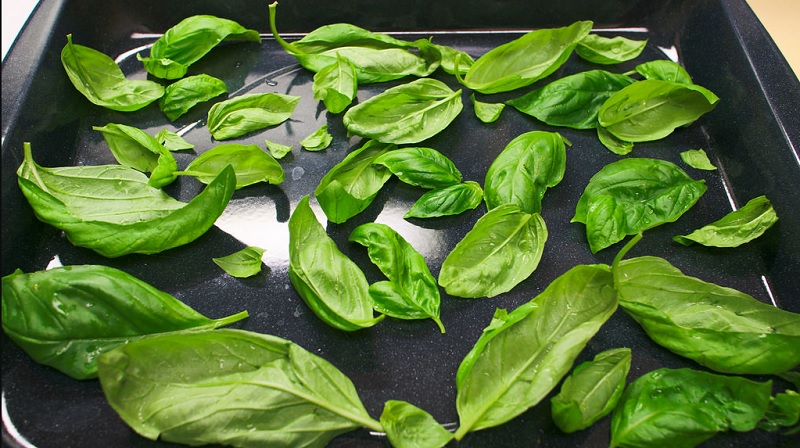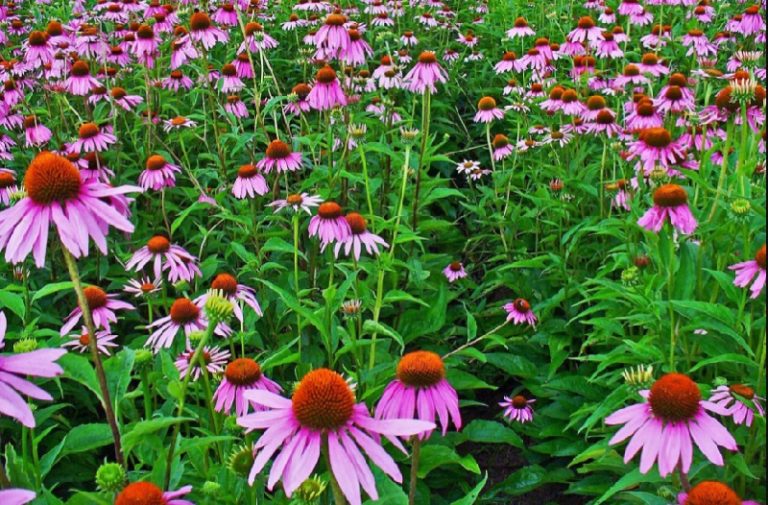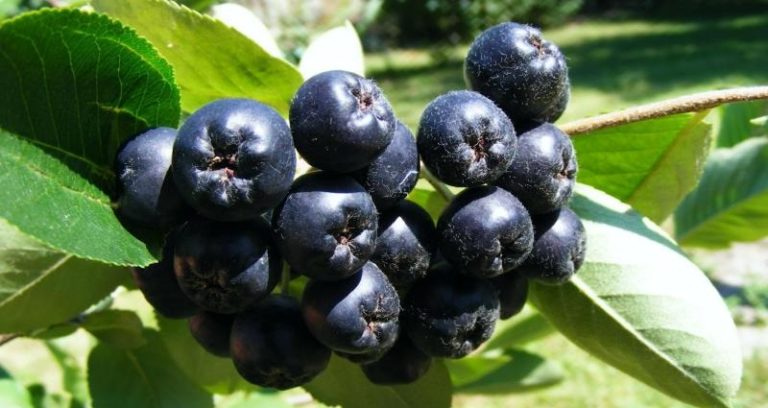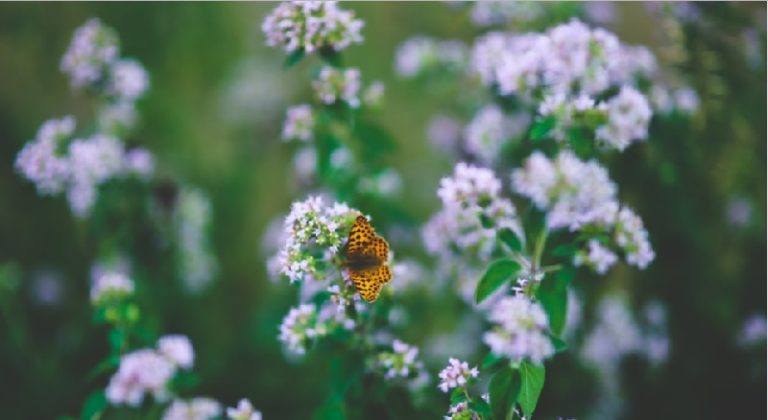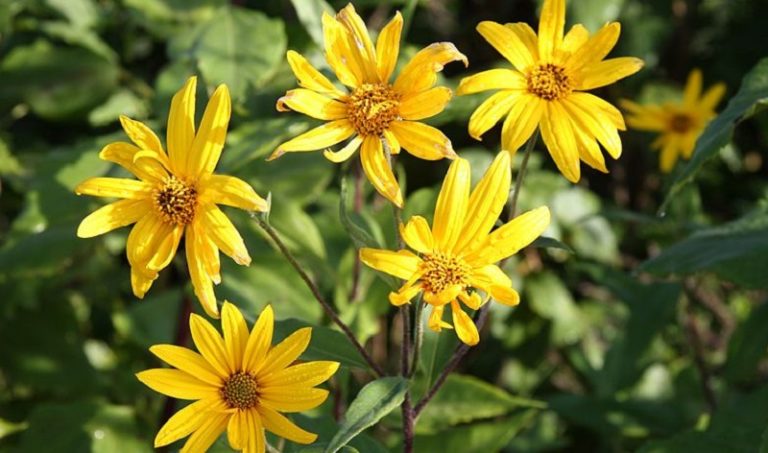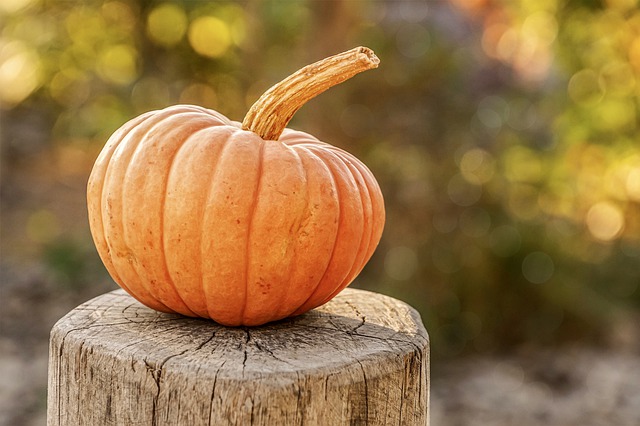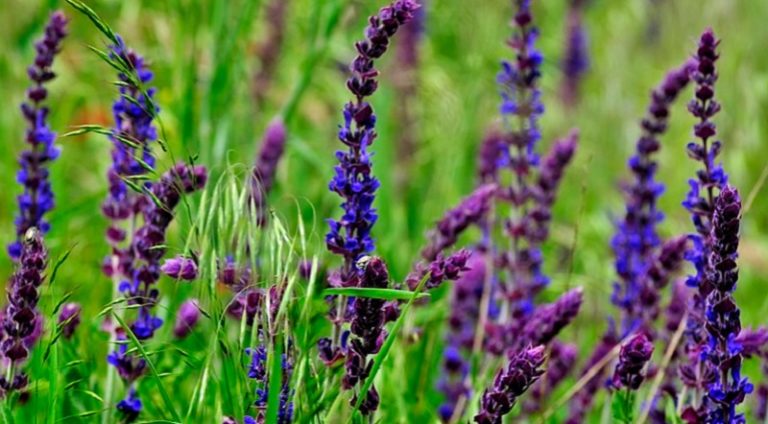Medicinal plants: basil. When to collect and how to store
Basil is a spice without which no housewife can imagine her cuisine, because it gives dishes a spicy aroma and unusual taste. Did you know about its beneficial properties?
Basil is a spice that gives dishes pungency and spicy aroma. It has the same taste, both fresh and dried. Dried basil is convenient because it can be obtained at any time of the year. It is used for cooking meat dishes and marinades.
Nutritional value of dried basil
This spice has a rich set of various nutrients in its composition. 100 g of dried basil contains 61 g of carbohydrates, 14 g of protein, 4 g of fat and about 1% of essential oil. This seasoning is saturated with fiber and a whole complex of vitamins, such as A, C, B3, B9, PP, K. Also, it contains plant and mineral substances (for example, beta-carotene and iron).
Basil essential oil is found in all parts of the plant, causing its distinct aroma. It has bactericidal and antioxidant properties.
The active substances contained in the essential oil (methyl-cavicol, estragole and eugenol) strengthen the immune system, rejuvenate body cells, and stimulate mental activity.
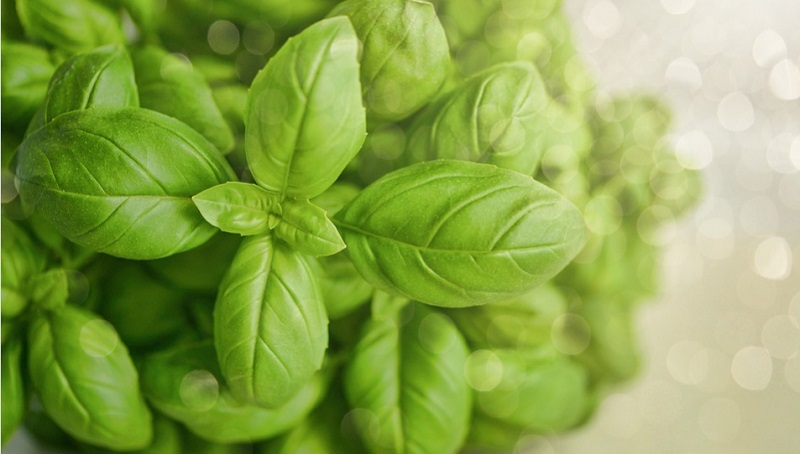
Useful properties of dried basil
Consider how basil is useful, what are its positive properties and in what cases it can be harmful to the body.
Medicinal properties of basil:
- Strengthens the immune system.
- It has bactericidal, antiviral, antifungal properties, is effective in inflammation of the respiratory tract, reducing inflammation, improves asthma.
- A decoction of the plant eliminates bad breath, prevents the development of caries, and strengthens gum tissue.
- It is effective for flatulence.
- Soothes, improves sleep.
- It acts as a diuretic, prevents the formation of kidney stones,
- Lowers cholesterol.
When and how to harvest basil
Before drying basil at home, you need to choose the right time for harvesting it. Many, experienced gardeners, manage to grow and harvest two crops of herbs over the summer. Or create a vegetable garden on the balcony. But not all greens are suitable for drying.
For harvesting for the winter, basil is best harvested just before flowering, when the buds have just appeared. Many note that the leaves collected after or during flowering no longer have such a rich and bright taste and aroma.
As for the variety, purple basil is the most suitable. It is he who retains almost all the aroma when dried.
In order to dry basil for the winter in natural conditions and preserve its aroma as much as possible, the plant is cut into whole branches, which are tied to the base in bunches of 5-6 pieces and hung to dry in a dark, ventilated area in which there are no insects. After a few weeks, the leaves naturally get rid of moisture and become dry. After that, they are easy to turn into a powdery state and store in a clean, dry jar with a tightly closed lid.
How to store basil
This ingredient must be stored in a tightly closed jar or other container. Its storage location should be dry, dark and cool. If these requirements are met, then the basil will be stored for six months.
Contraindications to the use of basil
There are certain medical contraindications to the use of this product. Dried basil should not be eaten by people with the following diseases:
- Diabetes.
- Diseases of the heart and blood vessels.
- Hemophilia.
- Thrombophlebitis.
- Myocardial infarction.
- Thrombosis.
- You should not add it to the food of children, as well as people who cannot eat it, due to intolerances.
Lavender comes in pink, purple, white, and even yellow.

